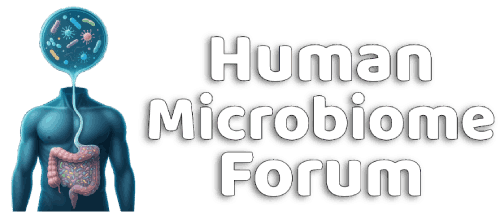Michael Harrop
Well-known member
https://www.sciencedirect.com/science/article/abs/pii/S0014488624001006
Highlights
- Aging-related gut dysbiosis can be reversed by rejuvenating fecal microbiota transplant (FMT).
- Rejuvenating FMT enhances gut short-chain fatty acid levels in aged mice.
- Restoring a youthful gut microbiome in aged mice improves peripheral nerve repair.
- Rejuvenating FMT reduces mucosal leakiness and enriches immunomodulatory Th cells in the ileum.
- Rejuvenating FMT enriches splenic immunomodulatory Th cells and endoneurial M2 macrophages.
Abstract
Peripheral nerve injury (PNI) resulting from trauma or neuropathies can cause significant disability, and its prognosis deteriorates with age. Emerging evidence suggests that gut dysbiosis and reduced fecal short-chain fatty acids (SCFAs) contribute to an age-related systemic hyperinflammation (inflammaging), which hinders nerve recovery after injury.
This study thus aimed to evaluate the pro-regenerative effects of a rejuvenating fecal microbiota transplant (FMT) in a preclinical PNI model using aged mice. Aged C57BL/6 mice underwent bilateral crush injuries to their sciatic nerves. Subsequently, they either received FMT from young donors at three and four days after the injury or retained their aged gut microbiota.
We analyzed gut microbiome composition and SCFA concentrations in fecal samples. The integrity of the ileac mucosal barrier was assessed by immunofluorescence staining of Claudin-1. Flow cytometry was utilized to examine immune cells and cytokine production in the ileum, spleen, and sciatic nerve. Various assessments, including behavioural tests, electrophysiological studies, and morphometrical analyses, were conducted to evaluate peripheral nerve function and repair following injury.
Rejuvenating FMT reversed age-related gut dysbiosis by increasing Actinobacteria, especially Bifidobacteriales genera. This intervention also led to an elevation of gut SCFA levels and mitigated age-related ileac mucosal leakiness in aged recipients. Additionally, it augmented the number of T-helper 2 (Th2) and regulatory T (Treg) cells in the ileum and spleen, with the majority being positive for anti-inflammatory interleukin-10 (IL-10). In sciatic nerves, rejuvenating FMT resulted in increased M2 macrophage counts and a higher IL-10 production by IL-10+TNF-α− M2 macrophage subsets.
Ultimately, restoring a youthful gut microbiome in aged mice led to improved nerve repair and enhanced functional recovery after PNI. Considering that FMT is already a clinically available technique, exploring novel translational strategies targeting the gut microbiome to enhance nerve repair in the elderly seems promising and warrants further evaluation.
- Format correct?
- Yes
